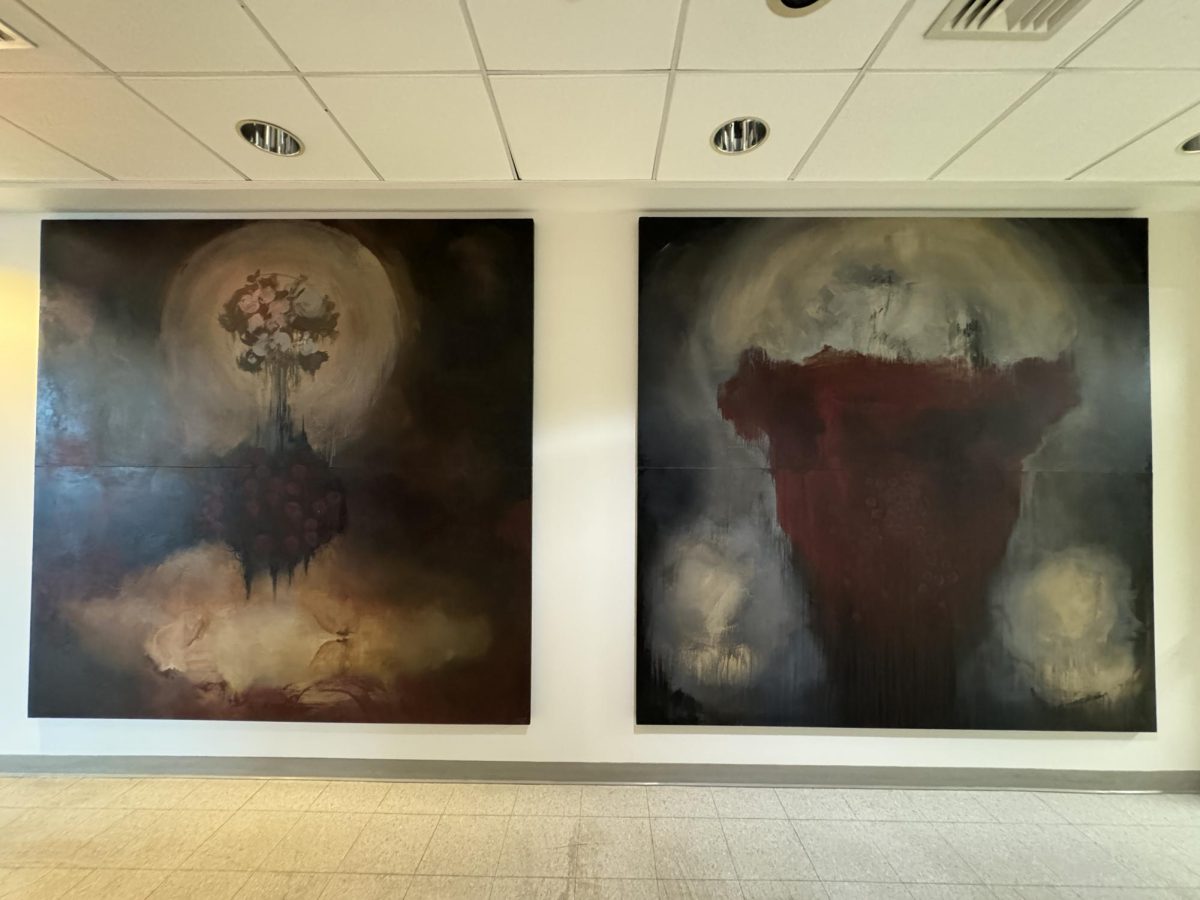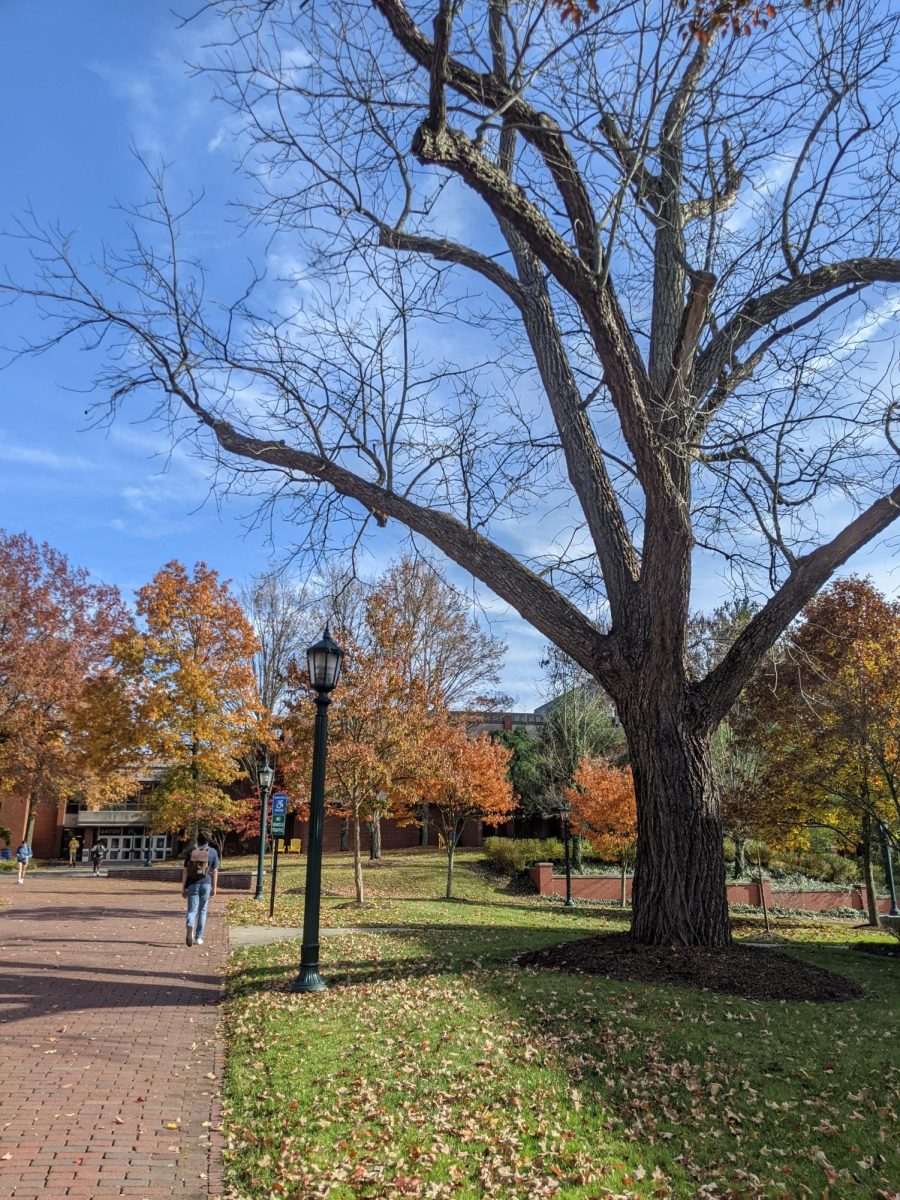By AMANDA SPADARO
Science Editor
Biology professors at the University of Toronto Mississauga have determined that the first vegetarians evolved from meat-eaters. The research, published by PLOS ONE, provides support for the identification of the first herbivore on earth, Eocasea martinis. This herbivorous organism lived 300 million years ago, predating the dinosaurs by approximately 80 million years. Scientists believe that this fossil organism was part of the group that mammals evolved from. At only about seven inches in length, its diet consisted primarily of smaller insects and animals. However, this organism is believed to be the most primitive of the group, with all of its descendants being herbivores. These herbivores were able to develop into larger organisms, up to approximately 110 pounds. Following this first shift to herbivory, multiple other groups began to develop vegetarian tendencies. “The evolution of herbivory was revolutionary to life on land because it meant terrestrial vertebrates could directly access the vast resources provided by terrestrial plants,” said project leader Robert Reisz to Ecorazzi. “These herbivores, in turn, became a major food resource for large land predators.”
–
Researchers from the Welcome Trust Sanger Institute in Britain have identified two proteins that are instrumental in human fertilization. For fertilization to occur, an egg and sperm cells must recognize each other and then fuse, creating the zygote. Until recently, scientists were unsure of how this recognition occurred but two proteins have been identified that aid in this process. The protein on the egg cell has been named Juno after the Roman goddess of fertility. In sperm, the surface protein Izumo was termed after a Japanese marriage shrine. While Izumo has been known since 2005, the discovery of the egg cell’s counterpart may be quite useful.
In mammal reproduction, these proteins seem necessary in the identification for these cells. Scientists are now turning to these proteins to determine matters of infertility. According to Enrica Bianchi of the Sanger Institute, approximately 20 percent of infertility cases are due to unexplained reasons. Research may now look into these proteins as potential causes of these unexplained cases of infertility. Gavin Wright, one of the scientists involved with the work at the Sanger Institute, believes that if improper Juno proteins are the reason for infertility, simple genetic tests can be developed to non-invasively screen women.
In addition, the researchers noticed a decrease in the presence of Juno on the egg cell’s surface following fertilization by sperm, suggesting that this is a mechanism to prevent fertilization by multiple sperm cells which may cause embryo inviability.
–
Scientists led by David Samson, an anthropologist at the University of Nevada, have determined that chimpanzees are quite selective when it comes to which trees and branches they perch on to sleep. By studying chimps in Uganda at the Toro-Semliki Wildlife Reserve, the researchers determined the behavior of nest-building among the chimps. These animals spend approximately eight to nine hours per night sleeping.
The scientists studied the types of trees that the chimpanzees primarily used to build their nests, taking note of the sturdiness and flexibility of the wood. Because there are lions and other similar predators in the Toro-Semliki Wildlife Reserve, the chimps choose trees with more durability, lessening the chances of falling while asleep.
The study ultimately determined that almost 74 percent of chimps chose to build their nests in a tree called Ugandan ironwood, which makes up less than 10 percent of the trees in the reserve. This suggests that the ironwood provides specific benefits that other trees do not offer since there appears to be a high preference for the ironwood. This tree also allows for weaving together of the branches, not only providing durability but also a base that can be woven to form a structure comparable to a mattress’s box spring.
To explain this remarkable resourcefulness, “Big brains need big pillows,” Samson has said to National Geographic. Suggested future studies include looking at how chimps in other locations of Africa use the available tree species to craft beds as well.





